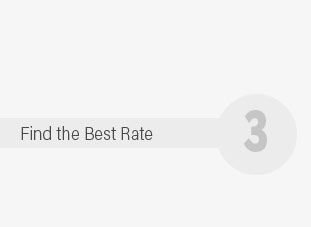 |
 |
 |
|---|
 |
 |
 |
 |
|---|
 |
 |
 |
 |
 |
 |
|---|

Finding the Lowest Auto Insurance: A Comprehensive GuideIn today's fast-paced world, where every dollar counts, finding the lowest auto insurance can be both a financial relief and a daunting task. As we navigate through the myriad of options available, it becomes imperative to understand not only the cost implications but also the nuances that come with choosing the right policy. This guide aims to shed light on various aspects that one must consider to ensure they are making an informed decision without sacrificing coverage quality. Firstly, it's essential to recognize that the lowest price does not always equate to the best value. Quality of coverage should never be compromised for the sake of saving a few dollars. When considering auto insurance, the primary focus should be on balancing cost with comprehensive coverage. This includes understanding what each policy offers in terms of liability, collision, comprehensive coverage, and personal injury protection. To start, it is advisable to compare multiple quotes. The insurance market is highly competitive, and companies are constantly vying for customers by offering various incentives and discounts. By utilizing comparison websites or consulting an independent insurance agent, one can gain a clearer picture of the landscape and identify the most economical options available. Additionally, considering your personal needs is crucial; factors such as your driving history, the type of vehicle you own, and how frequently you drive can significantly influence the premiums you pay.
Furthermore, don't overlook the importance of discounts. Many insurance providers offer discounts for bundling policies, being a safe driver, or even for having certain safety features installed in your car. It's worth inquiring about these options as they can lead to significant savings over time. Another effective strategy is to increase your deductible. Opting for a higher deductible means you agree to pay more out of pocket in the event of a claim, but it often results in lower monthly premiums. However, this decision should be made with caution, ensuring that you have the financial capacity to cover the deductible if necessary. In addition, staying informed about the latest trends and changes in the auto insurance industry can be beneficial. As companies innovate and introduce new policies or pricing structures, being aware of these developments can provide an edge in negotiating better rates. Customer service and reputation of the insurer should also be considered. Choosing a company known for excellent customer support and hassle-free claims processing can save you time and stress should you need to file a claim. In conclusion, while the quest to find the lowest auto insurance can seem overwhelming, taking a methodical approach and considering the bigger picture can lead to a rewarding outcome. By evaluating your personal needs, exploring available discounts, and understanding the industry dynamics, you can secure a policy that not only fits your budget but also provides the protection and peace of mind you deserve. Remember, the goal is not just to find the cheapest option but to ensure that you and your vehicle are adequately protected on the road. https://www.nerdwallet.com/article/insurance/cheapest-car-insurance-in-washington-wa
Cheap auto insurance in Washington by age. Age is one of the most important factors in determining how much you'll pay for car insurance. Below you'll find ... https://www.creditkarma.com/auto/i/cheap-car-insurance
How to lower your car insurance: 11 ways - 1. Shop around - 2. Consider the factors that affect insurance premiums - 3. Consider your liability- ... https://www.cbsnews.com/news/how-to-find-the-most-affordable-car-insurance/
Increasing your deductible, checking your driving report for errors and taking advantage of discounts can make a noticeable impact on your insurance premiums.
|
|---|